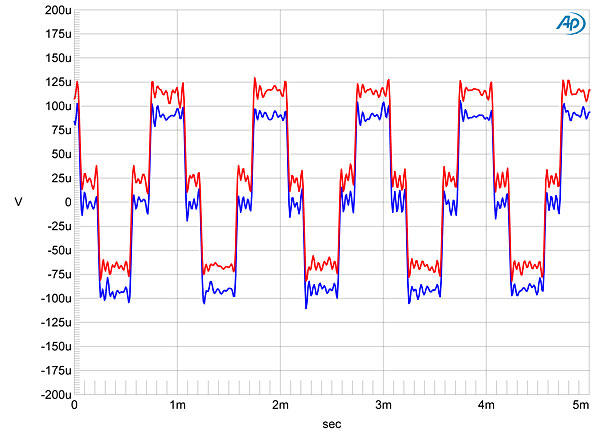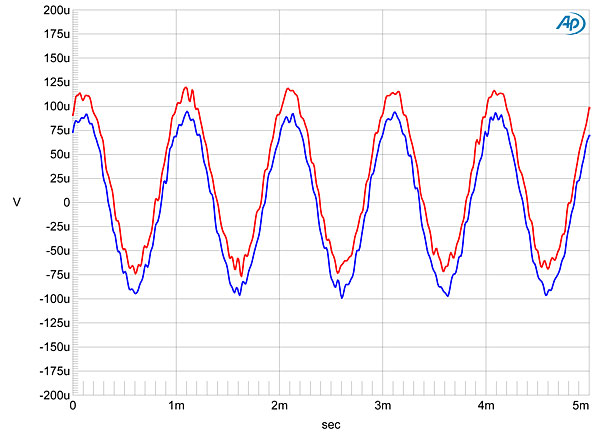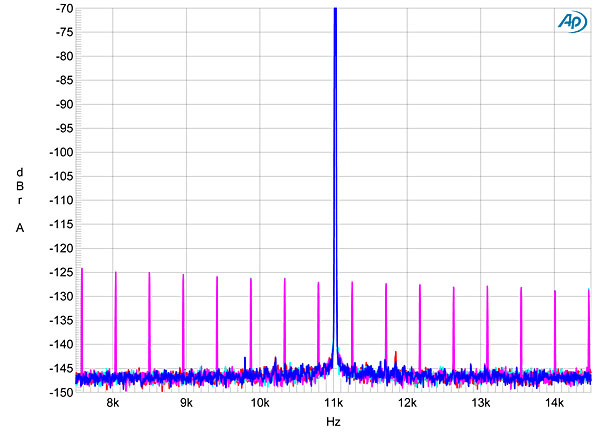| Columns Retired Columns & Blogs |
Michael,
Over the years, I have come to find, that my ears seem to have a similar disposition (although not near the sensitivity) to your ears which has proven to be a great measure. But there is no accounting for visual taste. I think the Moon Evolution design is beautiful and I have been considering this unit. Thanks for the review and your listening insights.
~ David
















































